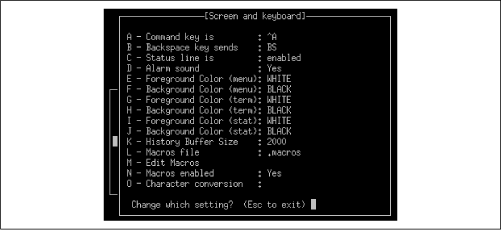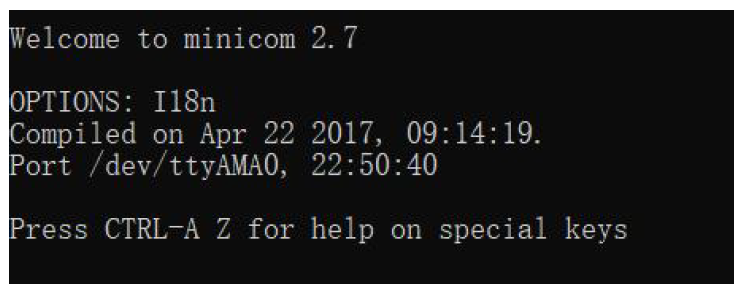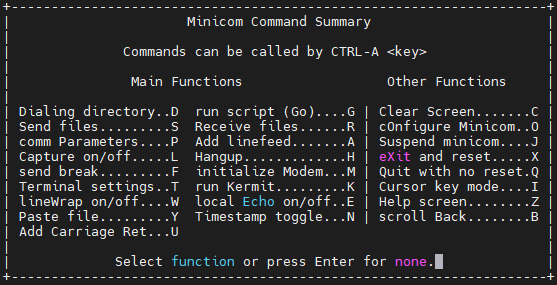

If you want to have quicker access to Minicom, you can create a desktop launcher. You should no longer see gibberish when you connect to devices. Make sure you save this to the default profile with "Save setup as dfl". Press "A" to edit the Init string, and delete all characters so that it becomes empty. To do this, enter Minicom configuration with: Note: You may want to delete the Minicom init string if you see a bunch of gibberish every time you connect to a device. Help will show a list of available commands. Ctrl-A, then another letter, like 'X' & you will eXit. Once inside, press Ctrl+A, to access minicom commands. To find out if you have configured Minicom correctly, type this command in the terminal:Īfter entering your Ubuntu user password, you should be connected to your Cisco device. Then select "Exit Minicom" to exit Minicom. Next, you need to select "Save setup as dfl" and hit "Enter" to save these settings to the default profile.

Once your screen looks like mine, you can hit "Escape" to go back to the main menu. Be sure to use the device name that you learned with the grep output.
#Configuring minicom serial#

Now we are ready to configure Minicom to use this information. The name of your device that corresponds to your USB port has a definition of name="/dev/ttyUSB0" (make sure it's plugged in). That means the name of the device that corresponds to your serial port is "ttyS0". Look in this output for words that contain "tty". usb 2-1: pl2303 converter now attached to ttyUSB0 The output will look something like one of these: Now open up a Terminal using "Applications > Accessories > Terminal" and type this command: The easiest way to do this is to connect the console cable to a running Cisco device. Next, you need to find out is which device your serial (including the USB adapter) ports are mapped to. Click "Apply" and Minicom should be installed within a few seconds.
#Configuring minicom install#
Search for "minicom" and choose to install the package. You can easily install Minicom by using "System > Administration > Synaptic Package Manager".

This device will allow you to use the standard Cisco cable which has a DB9 serial connector on one end & an RJ45 connector on the other. Make sure the item is plugged in at boot time & the system should find it.
#Configuring minicom driver#
Many of them do not require a driver in Linux. If you do not have a serial port (like most new laptops), then you need to purchase a USB to Serial adapter that supports Linux. If your computer has a serial port, then you can use the standard console cable that comes with every Cisco device. If you are using Linux, then you need to know how this can be done with an application called Minicom.įirst, you are going to need a Cisco console cable, a Cisco device, and a computer. In Windows, you can simply fire up HyperTerminal to get basic access to your devices. People who work with Cisco network equipment need to be able to connect to the console port on their devices.


 0 kommentar(er)
0 kommentar(er)
